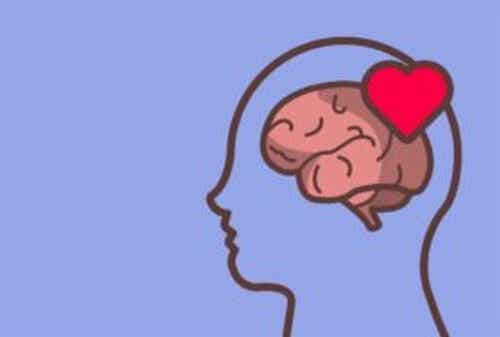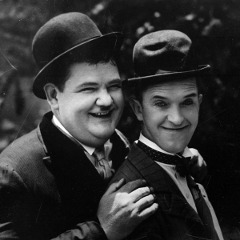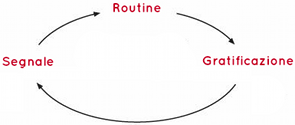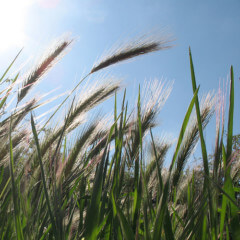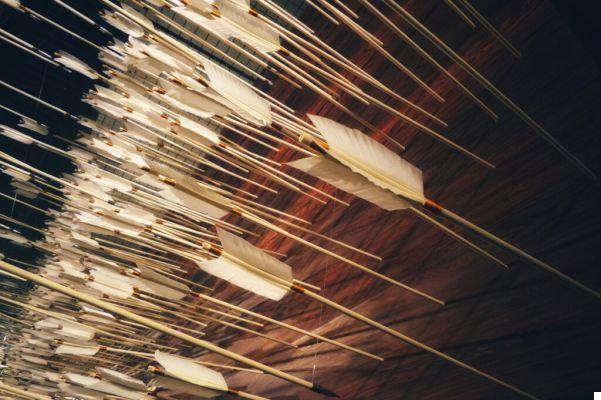Some hugs have the power to encourage us, others to warm us, still others to calm us and some to suffocate us. But how do they differ from each other? We talk about it in this article.

Last update: January 31, 2021
Within human communication, non-verbal language offers more than half of the information we receive. In this sense, hugs are an important element in our social interactions: they allow us to strengthen emotional bonds and express much with little. But did you know that there are at least 4 types of hugs?
When we talk about hugs, we generally tend to think of an intimate emotional exchange, but in reality they can concern the most disparate contexts with as many different meanings.
The benefits of hugging someone vary considerably from case to case. If you are interested in learning more about the 4 types of hugs mentioned, continue reading.
The 4 types of hugs
Friendly hugs
Friendly hugs can include those that denote friendship, comradeship, or sympathy. Physical contact is not excessive nor is the level of intimacy. In this sense, the emotions transmitted are of mutual appreciation, support or sympathy.
Such hugs often include some sort of "aggressive" component, such as grabbing the other by the neck or patting him on the back. It is especially common among men. Also included in this case are the so-called "side hugs" in which one rests the arm on the shoulders of the other while looking both in one direction.
Affectionate hugs
Hugs are essential for expressing brotherly affection or romantic love. In this sense, physical contact is much tighter, more intimate and intense. Usually the bodies of both are joined and the heads are placed next to each other. The arms tightly hold each other and the duration of the exchange is longer than in the previous case.
This type of hug is reserved for the most important relationships, which have an emotional component. They convey love, complicity and genuine affection. Even hugs from the shoulders fall into this category which, in addition to what has just been mentioned, also denote the desire to protect and take care of the other.
Erotic hugs
Given the physical and bodily closeness that manifests itself in the embrace, it is part of the sexual interactions that occur between people who feel attraction mutual. Although it is kisses that are most associated with eroticism, while hugs are associated with manifestations of love, in reality the latter also play an important role in this sense.
A good example is the hug between a person sitting on a raised surface and the other standing. Or when one supports the other with his arms, encircling his partner's hips with his legs. These are intimate contacts that express passion, desire and even lust.
Uncomfortable hugs
Hugs aren't always good. In some cases, this interaction occurs out of duty, reluctantly, or even with a sense of aversion. For example, when you greet someone you are not familiar with or when you hug a person for whom you have feelings of resentment or anger.
This type of hug has quite evident characteristics, since, although the upper part of the body is close, the distance from the waist down is generally considerable. Or, on the contrary, one of the two receives the hug in a passive and uninvolved way while the other surrounds him with his arms.
Benefits of the 4 types of hugs
Hugs are extremely beneficial for interpersonal relationships. When we meet a new person, they help us "break the ice" to initiate a friendlier contact. When we hug a loved one or someone who is important to us, the bond strengthens and emotional closeness increases. Similarly, couple relationships are enriched thanks to frequent hugs between partners.
But also on a personal level, giving and receiving hugs has a positive impact on health. Hugging has been shown to help lower blood pressure and heart rate (calming effect). It lowers cortisol levels in the body, enhancing the secretion of oxytocin and helping to reduce stress and fear. At the same time, feelings of pleasure, self-esteem, generosity and a sense of belonging increase.
Hugs are also capable of calming pain, improve the immune system and even cognitive abilities. In summary, it is a resource that is as simple as it is powerful and within everyone's reach. Let's make good use of it.








